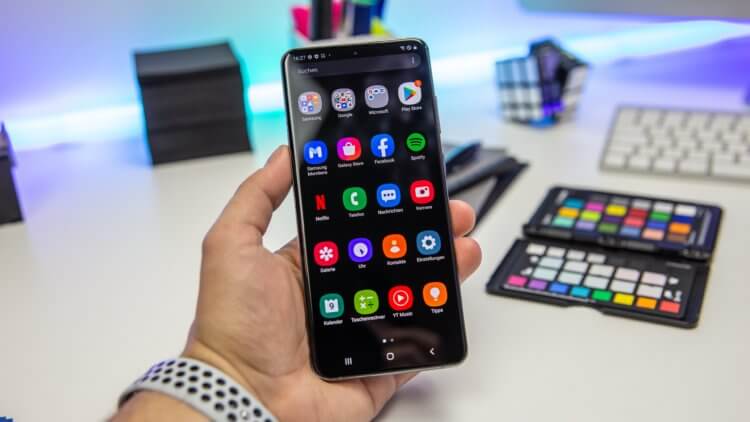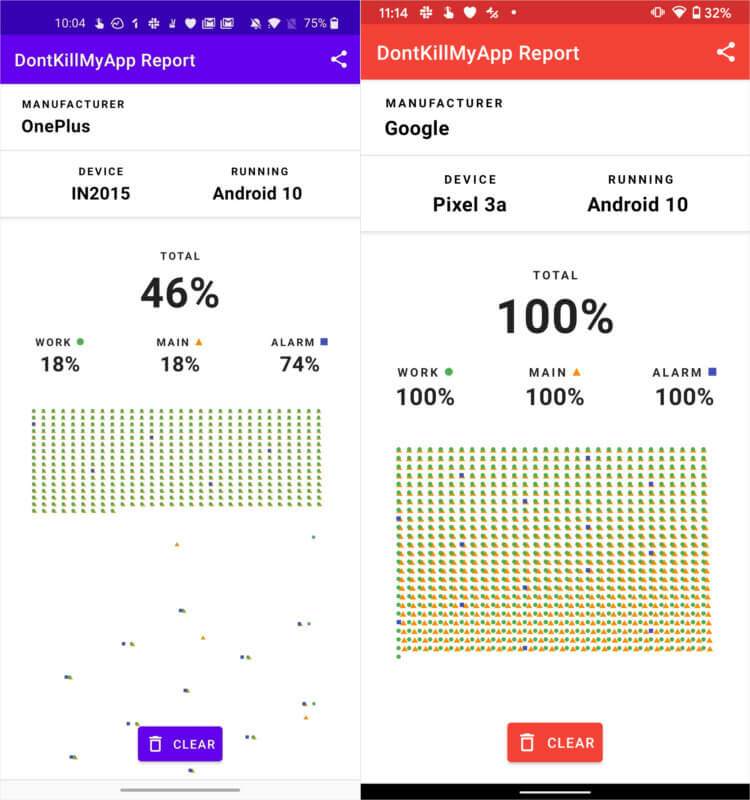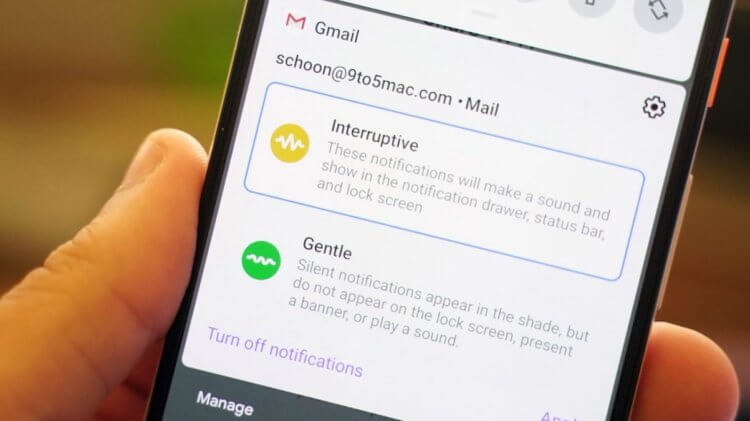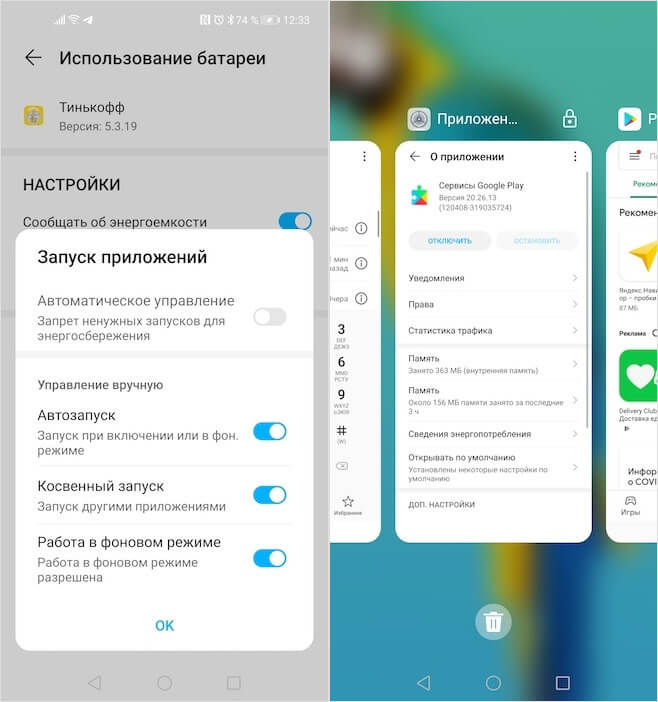Android, no matter what they say, the operating system is very well thought out and functional. Even if Google periodically steals certain innovations from iOS, this does not mean at all that it does not have its own unique developments. In fact, there are quite a few of them, just most of the mechanisms that ensure the comfortable and stable operation of smartphones do it in a passive mode. After all, the best mechanism is the one that is not visible. True, sometimes manufacturers start to think that they are smarter than Google. Then they start to do better and, unfortunately, break everything.

Most modern smartphones have problems with applications.
If you remember, the first few years smartphones on Android suffered from poor battery life. The reason was applications that did not freeze in the background, but continued to run and consume energy. Therefore, Google came up with a special Doze mechanism that forced applications to fall asleep, but at the same time save the accumulated progress and not unload from memory. Yes, the developers had to redo their software, but in general – due to the fact that Doze was a single standard – there were no more problems. But then the manufacturers intervened.
Why Android unloads applications

Left – OnePlus, which kills half of the apps in the background, right – Google Pixel, which keeps everything 100%
Most modern firmwares based on Android, in addition to Doze, use their own energy optimization mechanisms to cope with applications running in the background. Some really gently make them fall asleep, while others just unload them from memory. OnePlus seems to be the toughest of all, but others are also not far behind. This is clearly seen in the DontKillMyApps benchmark, which shows how many applications continue to run in the background. So OnePlus' OxygenOS kills more than half of all programs.
Obviously, OnePlus has never had the goal of hurting users or getting more battery life at the cost of usability. It's just that the Chinese brand's own smartphones may conflict with Doze, and the developers simply don't adapt their apps for OxygenOS. The result is what happens: applications are unloaded from memory, lose the ability to send notifications, users miss important events, get angry and go crazy looking for a solution to fix a problem that simply does not exist.
Not receiving notifications for Android

Not receiving notifications? This is how your smartphone conserves energy
You may not know, but the energy saving mechanisms for Android are designed in such a way that they try to conserve battery life as efficiently as possible. Therefore, when they see that some application is consuming too much power, it unloads it from memory, and for reliability it also blocks its background synchronization. As a result, it loses the ability to send notifications, as well as update in the background. This phenomenon is typical for instant messengers and email clients, which need to be forced to open and restart in order for the latest messages to appear there.
How to get notifications to Android
There is a solution to this problem, albeit a rather compromise:
- Go to 'Settings' and open the 'Applications' tab;
- Find the app that always unloads from the background, open it and go to 'Energy Saving Details';

Prohibit automatic energy saving management
- Disable automatic control;
- Open multitasking and swipe down on the application window so that a lock icon appears above it, which will prevent it from unloading from the background.
Why is this solution temporary? Yes, because some firmware can independently change the settings you specified and resume unloading applications from memory. Therefore, this issue needs to be addressed by Google, making the use of Doze mandatory for all manufacturers. Perhaps it smells a little of autocracy, but only in this way can the search giant be able to achieve the same correct functioning of the operating system on all devices, regardless of firmware.
